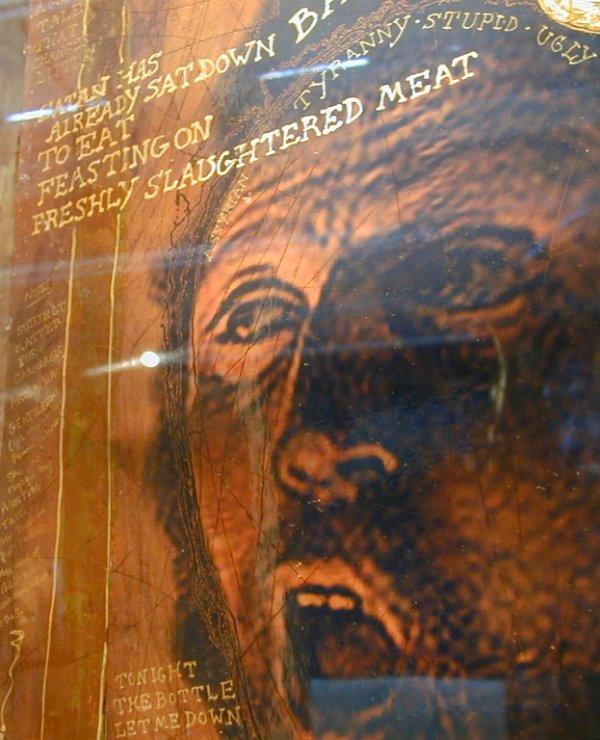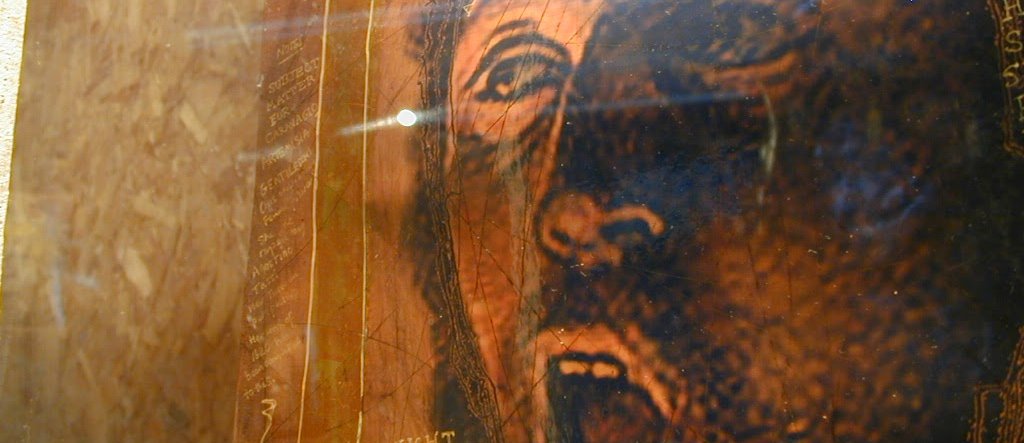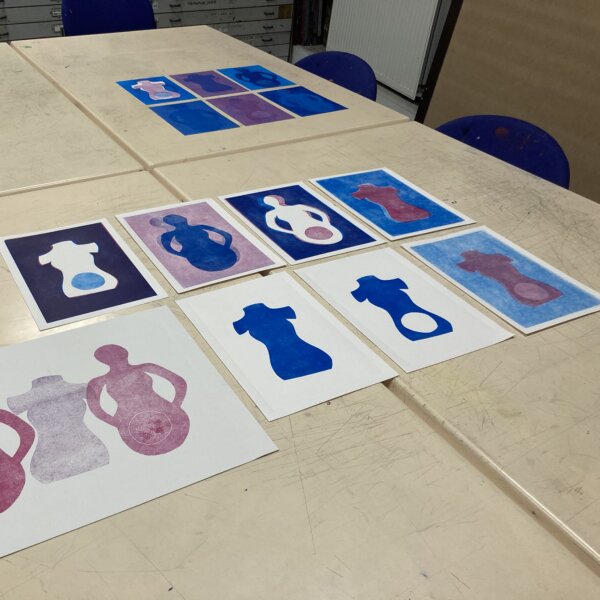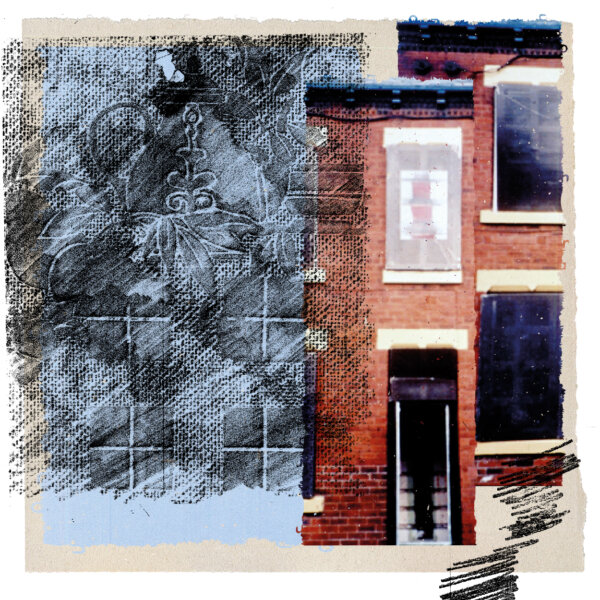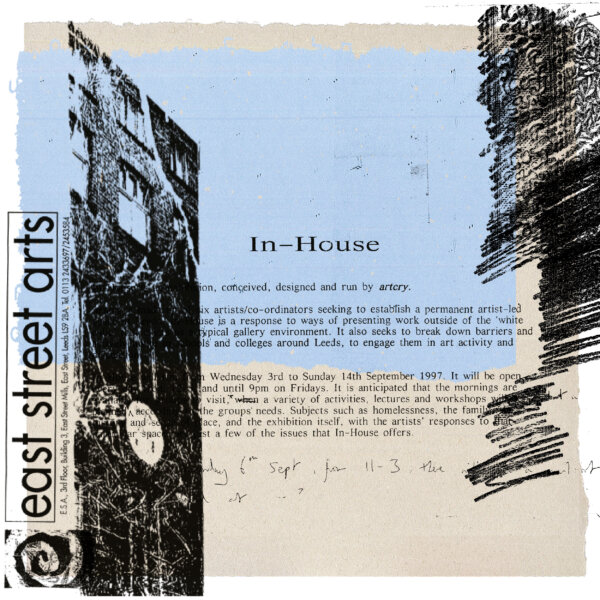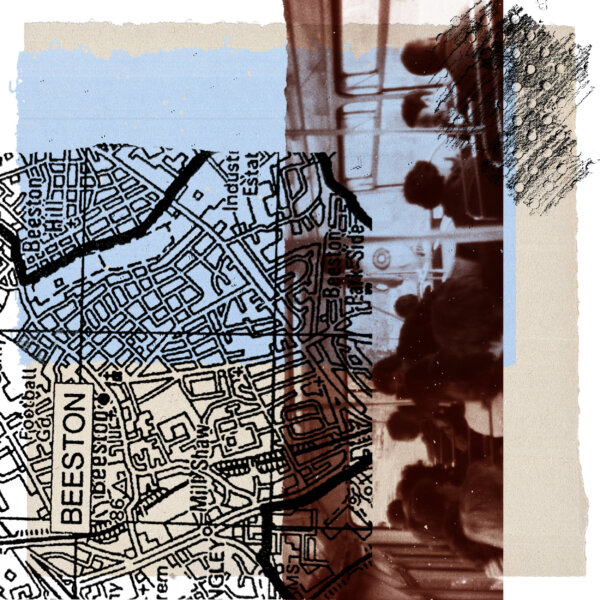While the period from 1993 up to 1998 was packed with activities and excitement, it was the following few years that would transform the organisation into what we see today.
Everything switched up a gear, with an increasing profile in Leeds, nationally and internationally. Founders Karen Watson and Jon Wakeman had created something that was making a real difference.
Now well connected to other artist-led groups across the UK, while taking part in events and discussions about the visual arts and the artist-led movement, East Street Arts was poised to expand into something more.
In 1998, East Street Arts became an official company and the following year, in 1999, it gained charity status.
The East Street Mills studios (home since 1993) continued to expand, with it now housing 50 artists at capacity, with a real mix of art disciplines and artists occupying 12,000 square feet of space.
Karen and Jon continued to expand their skills around fundraising, communications, project management and artist support as the demands of what had been created kept growing.
1998 saw East Street Arts’ work taking reference from and responding to wider arts initiatives like the year of Photography and Electronic Image in Yorkshire (part of the ACE’s year of programme which saw different regions concentrating on different art forms leading to residencies in 2000). Also, Artranspenine 98 a huge exhibition from Hull to Liverpool including big name artists, run by the Henry Moore Institute and Tate Liverpool.
To correspond with the 1998 FIFA World Cup, East Street Arts curated exhibitions at the Brahm Gallery and initiated an installation (The Study Centre for the World Cup) that focused on aspects of football supported by performances, music events and talks.
In the final months of 1999 an artist was brought over to come and work in Leeds by Robert Hopper from the Henry Moore Institute. Dutch artist Jeanne Van Heeswijk brought a project called A Christmas Pudding for Henry. After showing Jeanne around on her initial site visit, Karen was keen to get involved. The project was different and opened up how artists could work, supporting the development of the visual arts in Leeds.

For Jon and Karen this show was an endorsement of how they were thinking about the direction of East Street Arts. How Jeanne worked providing a steep learning curve. With a lot of collaboration and co-working, the performance became socially engaged. It also marked the first use of a digital camera (Nikon Coolpix 950) and the creation of a website for an East Street Arts project.
Unfortunately, the success of the project came with a tragic end with Robert Hopper dying the night before the planned closing event. Plans to expand the project to further support East Street Arts and artists in Leeds were shelved. Still the impact of Jeanne’s work would start to shape the future of the organisation.
While the amount of money that could be raised had increased, the money coming in only covered project costs and the Directors were still juggling paid work alongside East Street Arts commitments. Arts Council England hadn’t been convinced to provide regular funding (you couldn’t apply at that time, you were “chosen”). The conclusion was reached that to provide some real financial stability to the organisation and those running it, they would need to purchase a building.
Support came from architects Bauman Lyons and the West Yorkshire Playhouse who offered us St Patricks Social Club as a venue. With a successful capital grant application to Arts Council England, ERDF and SRB totalling £1.6 million, this kick started the next phase of East Street Arts when the social club was purchased in 1999/2000.
A Project Manager was hired and capital funds were drawn down from Leeds City Council (SRB) and the European Regional Development Fund. Bauman Lyons were appointed architects for the redevelopment and the social club became the first ever professional venue for visual artists in Leeds.
Patrick Studios was born and East Street Arts had a permanent home!
In a newly created post Anna Gawronska. took on management of the studios and other artist support activities.
As things changed in Leeds, East Street Arts had also started working with more artists from further afield, including other European cities. Teaming up with two friends Dinah [surname?} and Kevin [surname] new research trips were launched, with early excursions visiting Antwerp and Rotterdam.
In Antwerp connection was made with NII, the national organisation fighting for artists rights to unemployment benefits and a range of other things, and in Rotterdam a visit was made to Dvend, a collectively run studio space in an old school donated by the council. These trips further opened up new possibilities for how East Street Arts could support artists.
Notable activities from this time period include:
- Space or Place: group exhibitions curated for the Leeds Fringe Photography
Festival in an empty shop in the city centre and at East Street Arts Project Space, and from workshops with Mount St Mary’s School an exhibition of the same name was developed at the West Yorkshire Playhouse.
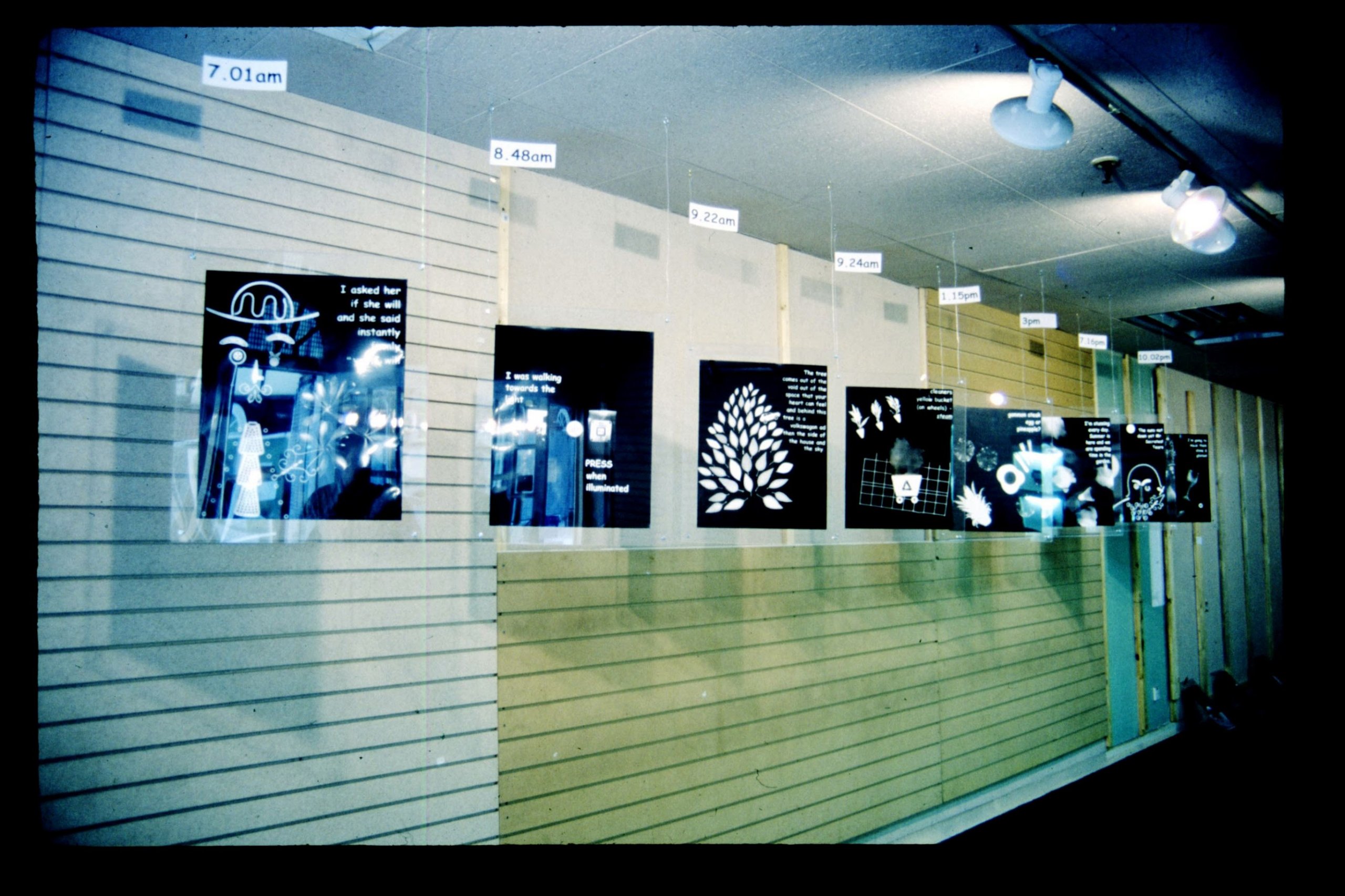
- Check Out: The take over of a whole street of empty shop units in the Merrion Centre that included exhibitions, performances and events as part of the Leeds Fringe Photography Festival.
- In-House is a project that took place in an empty back-to-back council house in Burley, Leeds. Six artists responding to issues of domesticity and directly to the space. Workshops and visits to the house took place with local schools and the work they did in response took place at the Brahm Gallery.
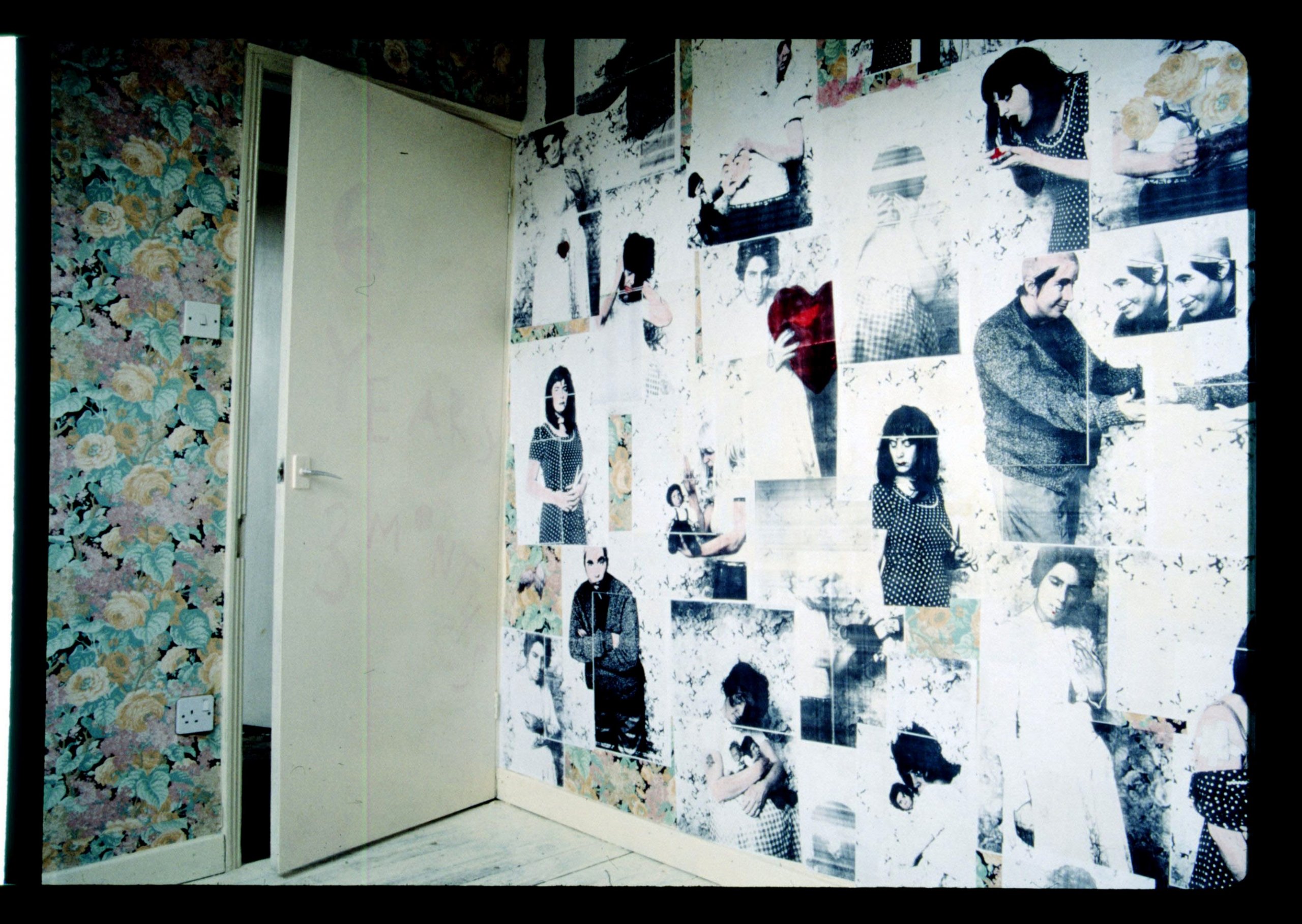
- Infected Material: The first group show by Jon’s MA peer group from Sheffield Hallam.
- Shopping: A project that invited artists to respond to Leeds main attraction at the time – shopping. Performances and participatory events took place on the streets.
- Fast Forward: The artists involved in Dcap (Demystifying Contemporary Art Practise – East Street Arts’ 12-month professional development programme) were commissioned by artists newsletter to develop an event in Leeds Town Hall. It was aimed at supporting artists and included artists talks, one to one surgeries, stalls and information hubs by organisations and a pop-up café.

- Parade: Open studio event and exhibition at East Street Arts and Jackson Yard studios.
- Supasheds and ArtsXKunst: Continuing the relationship with the Dortmund Gruppe to exchange exhibitions and to pilot a new project Supasheds. A flat pack construction that acted as a mobile gallery.
- Out of Our Heads: a touring show supporting The Mekons. The work was shown in Leeds in the city centre, Salford in a meanwhile building as part of a larger event and at Waygood gallery in Newcastle.
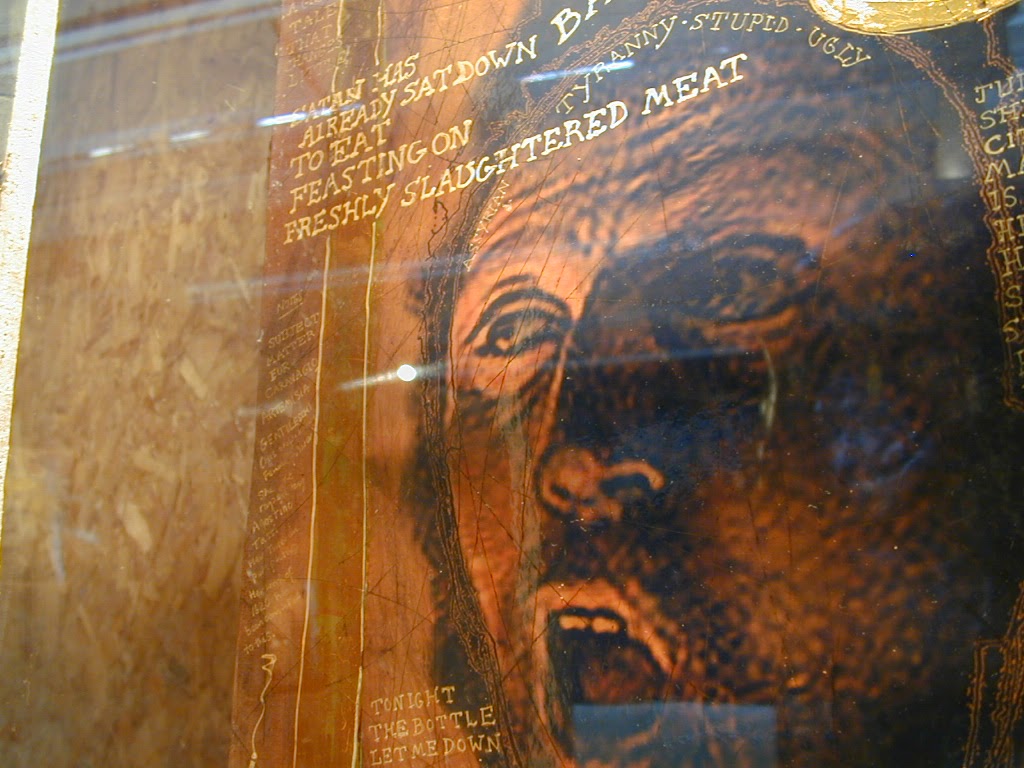
- Formally Known As Art (FKAA) was a survey show of artists in Leeds who at the time were becoming more visible – from across all studio groups and others working from home.
- No Fixed Abode: A group show in a meanwhile space above The Body Shop in Leeds city centre exploring the notion of space.
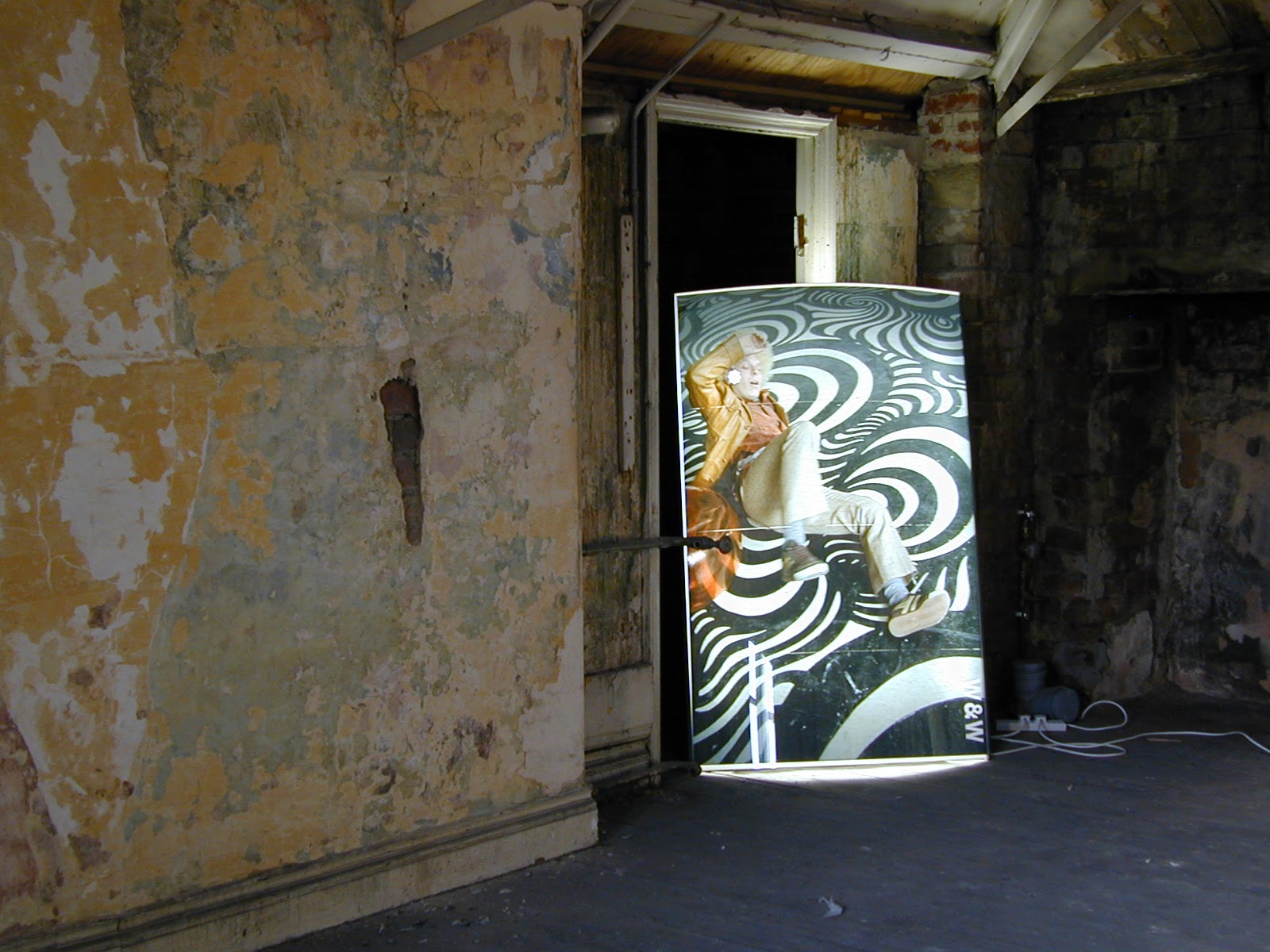
- ArtMats: Two projects that invited artists to respond to beermats. Funded and sponsored the designs were circulated across Leeds bars and pubs.
- Artists in residence at Brahm Gallery. Two artists commissioned to be resident within the Brahm organisation as part of the Arts council year of artists residencies programme.
- Arts@Leeds – Look Out: Leeds Leisure Services commissioned us to work with 15 professional arts organisations who work in community environments. We worked with artists to develop an identity for the project, strengthen the network between the organisations and raise the profile of them and the artists they work with.
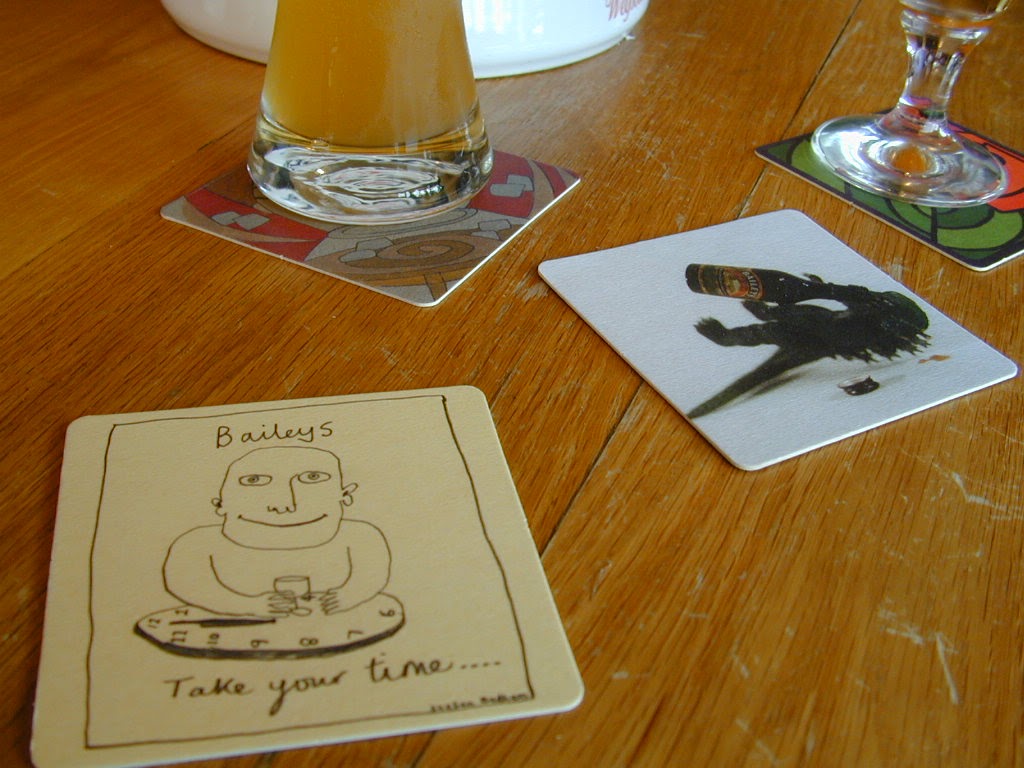
Related posts
-
News
Leeds Creative Labs Follow on Fund: Herfa Martina Thompson Dr Zoe Tongue
Visual artist Herfa Martina Thompson and Law lecturer Dr Zoe Tongue first collaborated as part of Leeds Creative Labs, a programme that partners artists and academics, initiated by the University of Leeds’ Cultural Institute and facilitated in partnership with East Street Arts.
-
History
Listen to the Sounds of New Briggate
Sounds of New Briggate is our podcast series - hosted by local people, telling local stories - which celebrates New Briggate, a unique and vibrant high street in the heart of Leeds.
-
Artist support
Artist-Led Housing: Histories, Residencies, Spaces
An evening in conversation with Jonathan Orlek, architectural researcher, director of Studio Polpo, and author, to launch his new book Artist-Led Housing: Histories, Residencies, Spaces.
-
Artist support
At Home: Can the archive inform the future?
Take a walk through 30 years of East Street Arts, exploring the No Going Back exhibition, and hear all the tales of project planning and delivery, highs and lows, first hand from the co-founders.
-
Artist support
No Going Back exhibition
No Going Back explores the role of art and artists in the city and civic practice, through the lens of East Street Arts’ archive.
-
Artist support
New exhibition explores the role of artists in our cities
A new exhibition exploring the role of art and artists in our cities and civic practice, through the lens of our East Street Arts archive.

